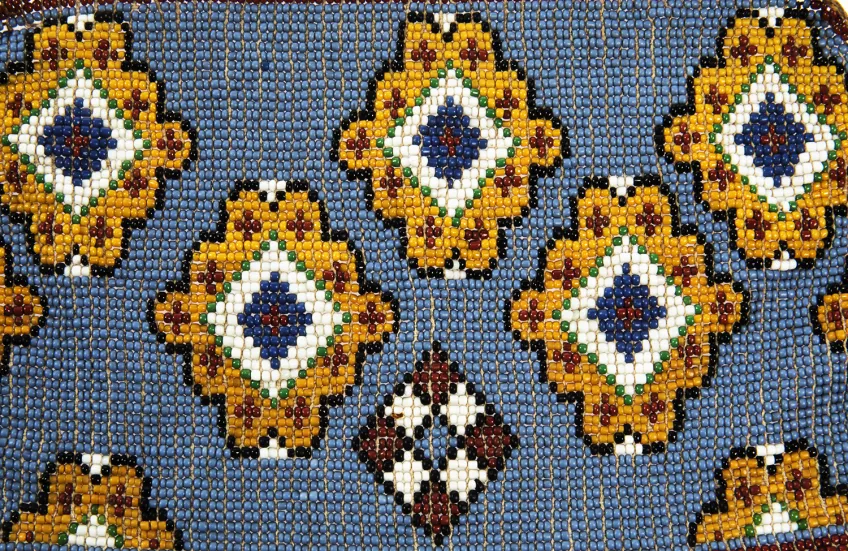19th century ethnographic collections
The systematic description of cultures – ethnography – included collecting objects for studying and illustrating the diversity of human culture around the world and the particularities of daily and ritual life of “Others”.
Most of the ethnographic objects at the Lund University Historical Museum were collected during the 19th century. Some of them came from the early circumnavigations. The first voyage around the world under Swedish flag was undertaken by the brigantine Mary Ann in 1839–1841. This voyage was outfitted by an industrialist Carl Fredrik Liljewalch. Liljewalch, who, among many other things exported timber to Australia, sponsored two more around-the-world-voyages, in 1842–1844 and in 1844–1846, with the brigantine Bull. Liljewalch donated and sold a number of objects, mainly from Oceania, to the museum.
The first Swedish naval voyage round the world was undertaken by the frigate Eugenie in 1851–1853 under the command of Christian Adolf Virgin. This expedition had political, mercantile and scientific purposes, and assembled natural history objects (donated to the Museum of Natural History in Stockholm) as well as considerable ethnographic collections. This collection seems to have been dispersed to different museums in Sweden. Lund University Historical Museum received some of the South Pacific objects through a donation from Virgin in the 1850s.
The museum’s collections also increased through donations from professor Matthaeus Fremling in 1823, who bequeathed objects from China and Sápmi (Lapland), professor Sven Berggren who donated objects from Oceania and through anonymous gifts. The museum also bought objects, including a large collection of artefacts from Asia, Oceania and the Americas owned by professor Sven Nilsson.
Exploring the ethnographic collections will soon be possible.


